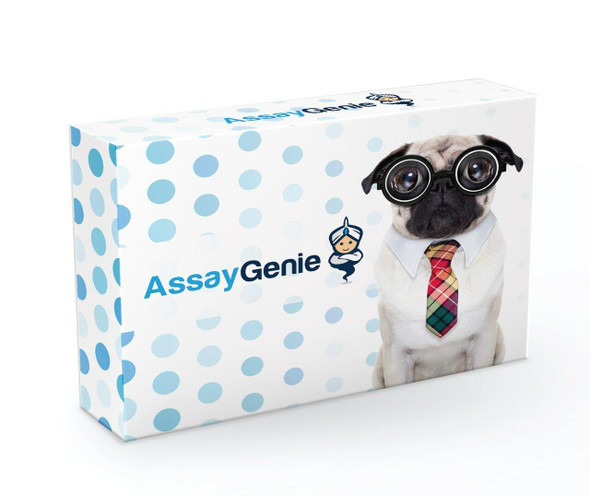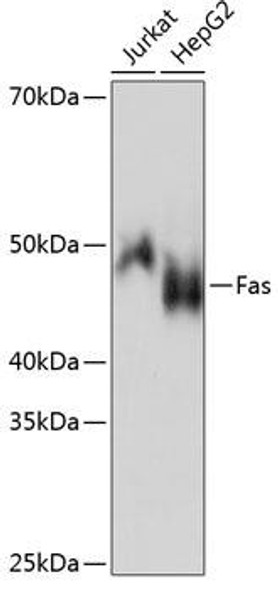Description
FAS Blocking Monoclonal Antibody [NYRhFAS] (CPAB0045)
The FAS Blocking Antibody (CPAB0045) is a powerful tool for researchers studying the FAS protein, an important regulator of cell death and immune responses. This antibody is specifically designed to block the FAS receptor, preventing its activation and inhibiting cell death pathways.Raised in rabbits, this polyclonal antibody is highly specific and reactive with human samples, making it ideal for use in a variety of experimental techniques, including Western blotting and immunohistochemistry. By blocking FAS function, researchers can investigate the role of this protein in various cellular processes, such as apoptosis, immune cell function, and cancer development.
The FAS Blocking Antibody is a valuable resource for studies in immunology, oncology, and other fields where understanding cell death and immune regulation is crucial. By targeting the FAS receptor, researchers can uncover new insights into the mechanisms underlying disease processes and potentially identify novel therapeutic strategies for conditions such as cancer and autoimmune disorders.
| Product Name: | FAS Blocking Antibody |
| Product Sku: | CPAB0045 |
| Size: | 500μg |
| Host Species: | mouse |
| Immunogen: | Recombinant Human FAS. |
| Clone: | NYRhFAS. |
| Reactivity: | Human |
| Applications: |
| Purification Method: | Ion exchange column Protein concentration1 mg/ml in PBS (after reconstitution). |
| Isotype: | IgG1 |
| Background: | The Fas receptor (CD95) mediates apoptotic signaling by Fas-ligand expressed on the surface of other cells. The Fas-FasL interaction plays an important role in the immune system and lack of this system leads to autoimmunity, indicating that Fas-mediated apoptosis removes self-reactive lymphocytes. Fas signaling is also involved in immune surveillance to remove transformed cells and virus infected cells. Binding of FAS to oligimerized FasL on another cell activates apoptotic signaling through a cytoplasmic domain termed the death domain that interacts with signaling adaptors including FAF, FADD and DAX to activate the caspase proteolytic cascade. Caspase-8 and caspase-10 are first activated, to then cleave and activate downstream caspases, and a variety of cellular substrates that lead to cell death. Activation of JNK kinase, activation of Jun, and production of ceramide may also play roles in Fas-mediated apoptosis. Activation of fas-mediated apoptosis is opposed by I-FLICE and FAP. Viruses and tumors may escape immune surveillance in part through suppression of fas-mediated apoptosis using similar mechanisms. |
| Synonyms: | FASLG receptor, Apoptosis-mediating surface antigen FAS, Apo-1 antigen, CD95, Tumor necrosis factor receptor superfamily member 6 TNR6, APT1, FAS1, TNFRSF6. |
| Storage Buffer: | In lyophilized form, for long periods, store at 4°C in a dry environment. After reconstitution, if not intended for use within a month, aliquot and store at -20°C. |







